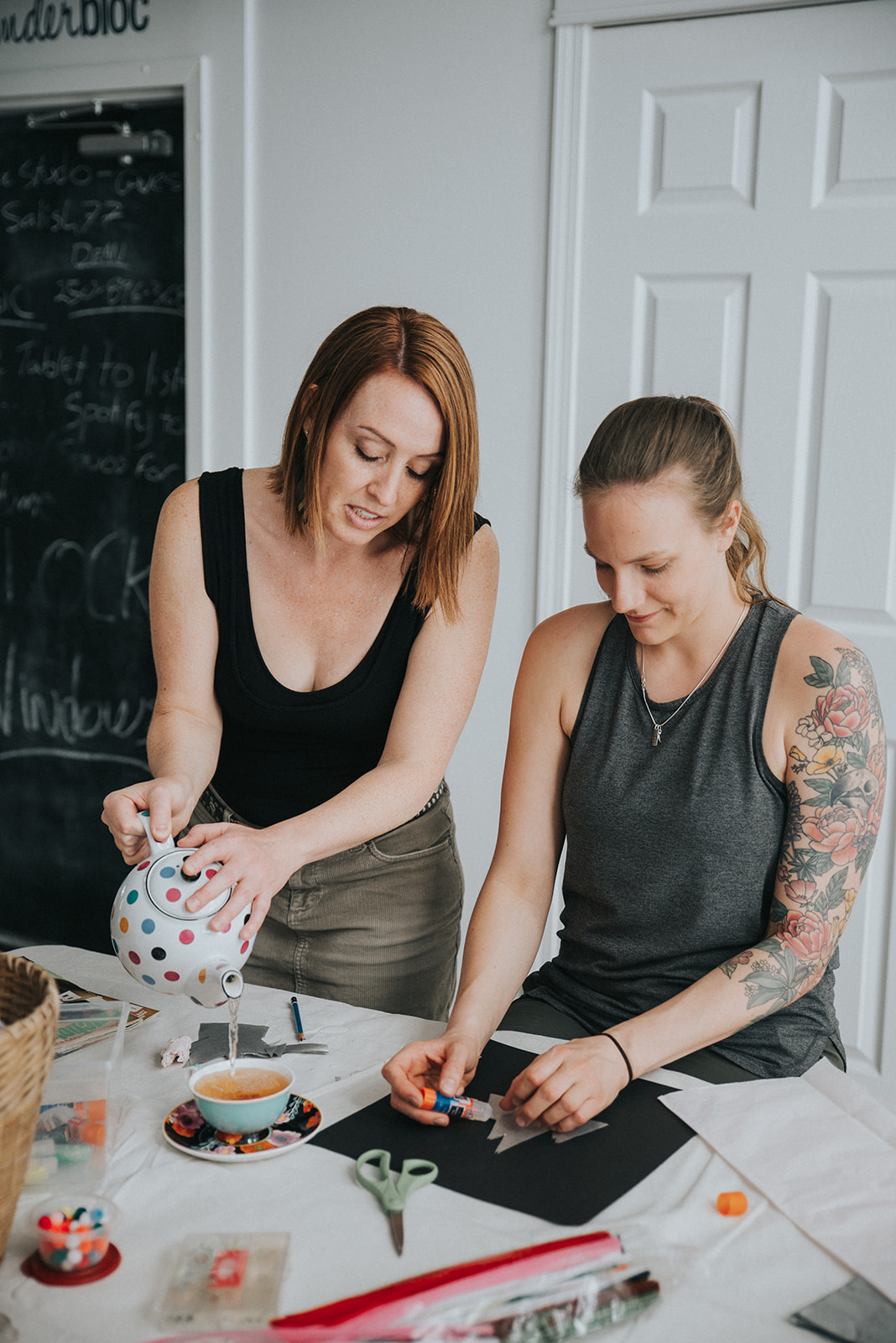Hello, I’m Marnie (she/her)!
I am an Art Therapist, and clinical therapist with 17 years experience providing addictions, trauma, and mental health services to individuals of all ages and abilities. My passion is working alongside people in a collaborative process, and fostering healthy coping through creativity.
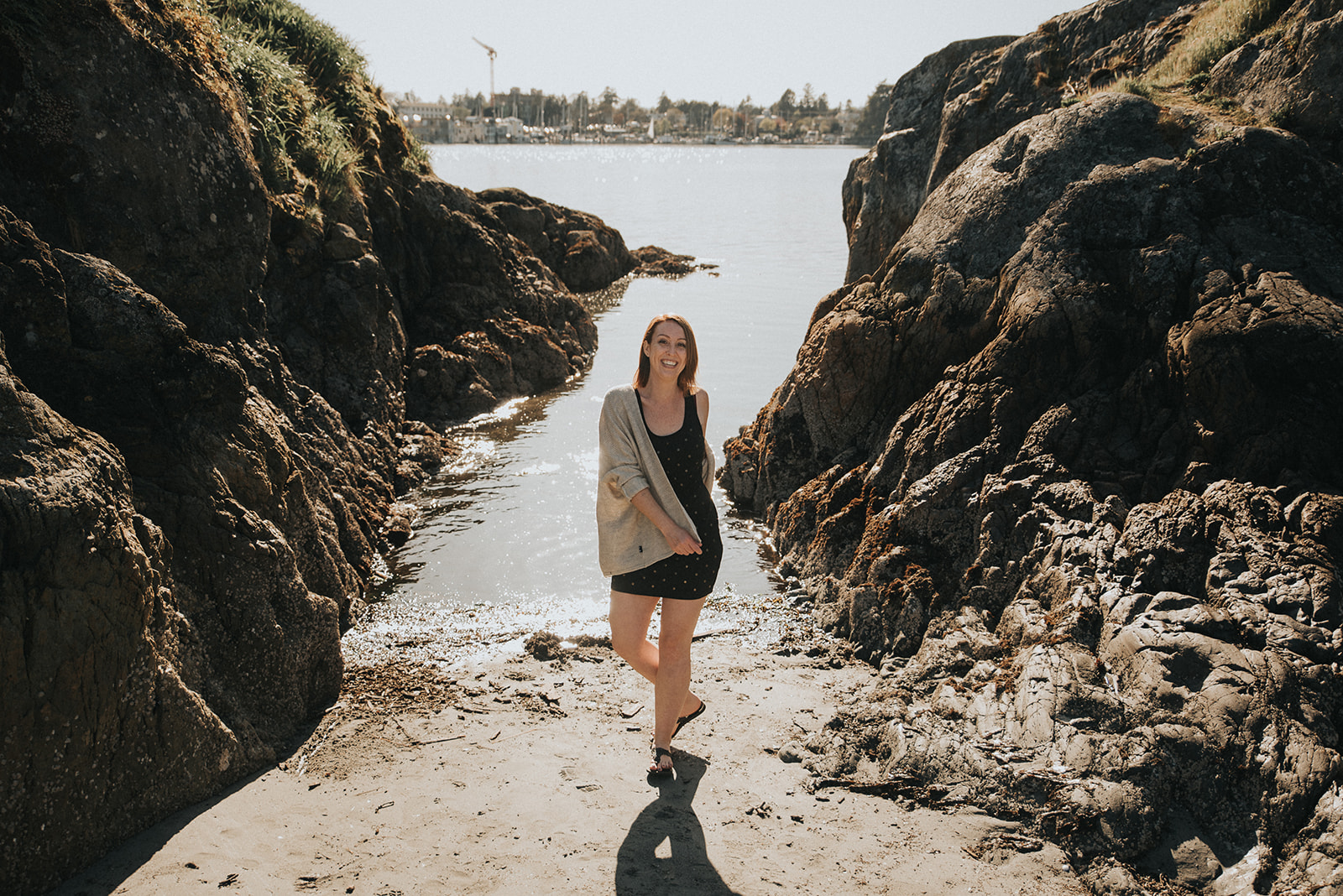
My goal in this collaboration is to help my clients to identify and understand aspects of their identity, addiction, trauma, illness, and recovery. It is through understanding of the self and the many parts that make up the whole, that we can work together to see what direction we might take, or what are the next steps forward.
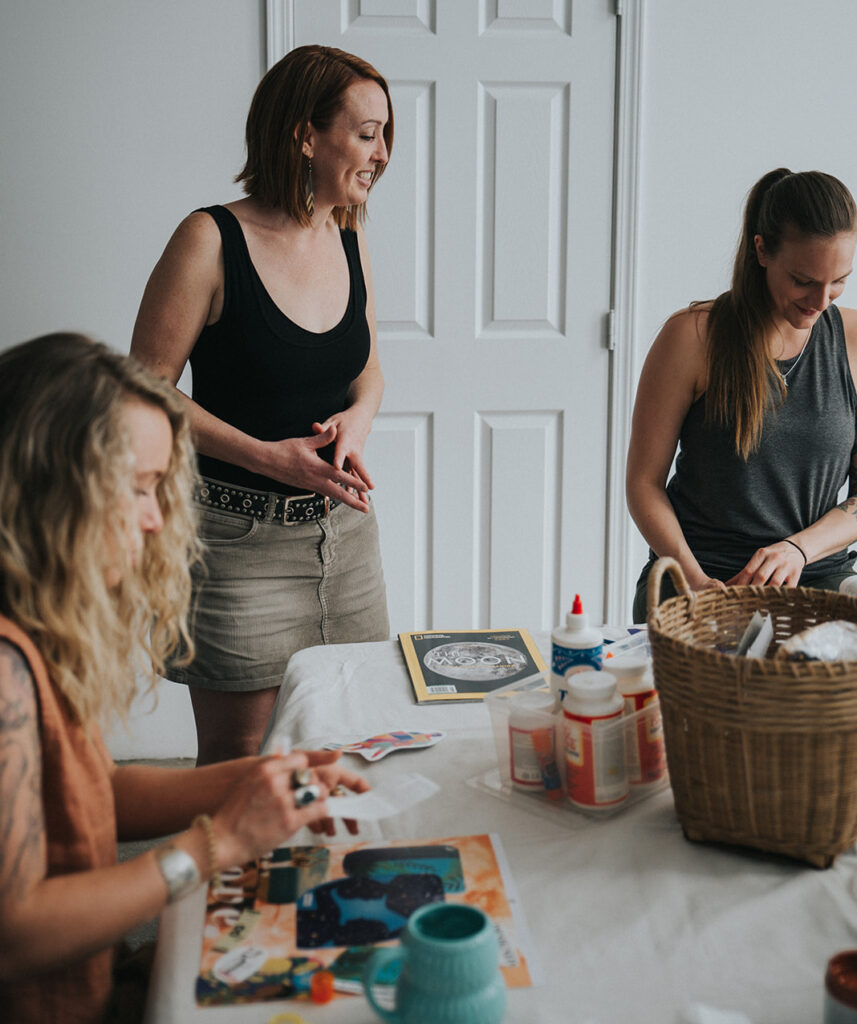
Working alongside fine artists (I have no formal art training), I will admit I struggled at first … it was hard to not judge my art work next to theirs, and I would get frustrated when the vision in my head did not translate to what was captured in the art. So, I stopped trying to make it from a vision – instead I just started creating. I accepted it, allowed it to be what it was, and let it happen on its own. I never knew, and still don’t know, what my art is going to be. It is what it wants to be. All I have to do is trust what is jumping out at me or what I feel drawn to look for next (usually in the case of collage images), even if I don’t know why right away. This has allowed me to tap into what has felt like a deeper source within me. Since this shift in my creative process, there is so much more being expressed in my art. I often don’t know while its being created what it is saying – until it is complete; then I can step back and allow it to communicate with me.
Eventually, this led to my own style of art, which I describe as: mixed media – acrylic paint and collage -or- 3D collage/diorama. The freedom I felt in finding my artistic voice has been healing in itself! It has freed me from comparing my art to others, who I now see are creating from their own style, experience, and voice. I learned to trust the process and allow the art to be a container and a messenger. When I look at my art work now, I can see pieces of me, pieces of my history and experiences, and intentions I have set. It allows me a vision for going forward, and way to record and reflect on what I’ve been through. Art is always there for me when I don’t have the words, and sometimes it gives me the courage to see and say the things that are just under the surface.

My personal experience with Art Therapy …
Art and creativity have always been a part of my life, for as long as I can remember. I have memories as a young child playing in the yard making things out of mud and clay. Growing up, one of my favourite things was making and acting out plays with my siblings and cousins; including costumes, make up and set design – there was a creative vision and we made it work with whatever we could find! I was always drawn to creating and to whatever other people were creating. Although my schooling took me down another path, somehow, I would find a way to include a creative aspect in all my work.
When I was introduced to Art Therapy as a therapeutic practice, it set me in motion to see where it could lead. I had been working in talk therapy for years, and had noticed that we can only get so far with just talking; there are only so many words we can say about what we are dealing with, and at some point, we run out of words. Art Therapy showed me a way for expression to happen in a non-verbal process. I very soon signed up for the program at KATI and had the opportunity to experience Art Therapy as a learner and as a participant.
Education and Experience
I completed a Bachelor of Social Work degree through the University of Northern BC in 2007. For several years after, I worked as a mental health and addictions therapist in remote Northern communities. While engaging in training for an Aboriginal Trauma Certificate, I was introduced to Art Therapy and started bringing it into my work with clients. I had the privilege of being witness to the shift this allowed for the people who engaged in Art Therapy in our sessions – this is was what made clear to me that it was the direction I needed to take. So, I did what I never thought I would do, and went back to school.
In 2013, I graduated from Kutenai Art Therapy Institute (KATI) in Nelson, BC, with an Art Therapy graduate diploma; publishing my thesis in 2017. As the focus of my thesis, I specialized in Art Therapy for people with addictions. In 2016 I had the opportunity to train in Therapeutic Body-Mapping with Dr. Christine Lummis in New Westminster, BC.
I was able to bring my skill and experience into different settings, offering Art Therapy groups to individuals attending treatment, including developing and running Art Therapy programs in multiple centres. At the same time, I have also gained extensive experience facilitating therapeutic and psycho-educational groups (including Cognitive Processing Therapy – CPT for PTSD), as well as individual counselling within community health and hospital settings, and in multi diagnosis inpatient treatment centres. Since my shift into Art Therapy as a primary focus, I have been building on the skills and methods taught to me at KATI and through other opportunities for growth as an Art Therapist. My desire is to continue this growth, and to create a space for your unique process.
Marnie Delanghe Art Therapist, BSW, RSW, DKATI
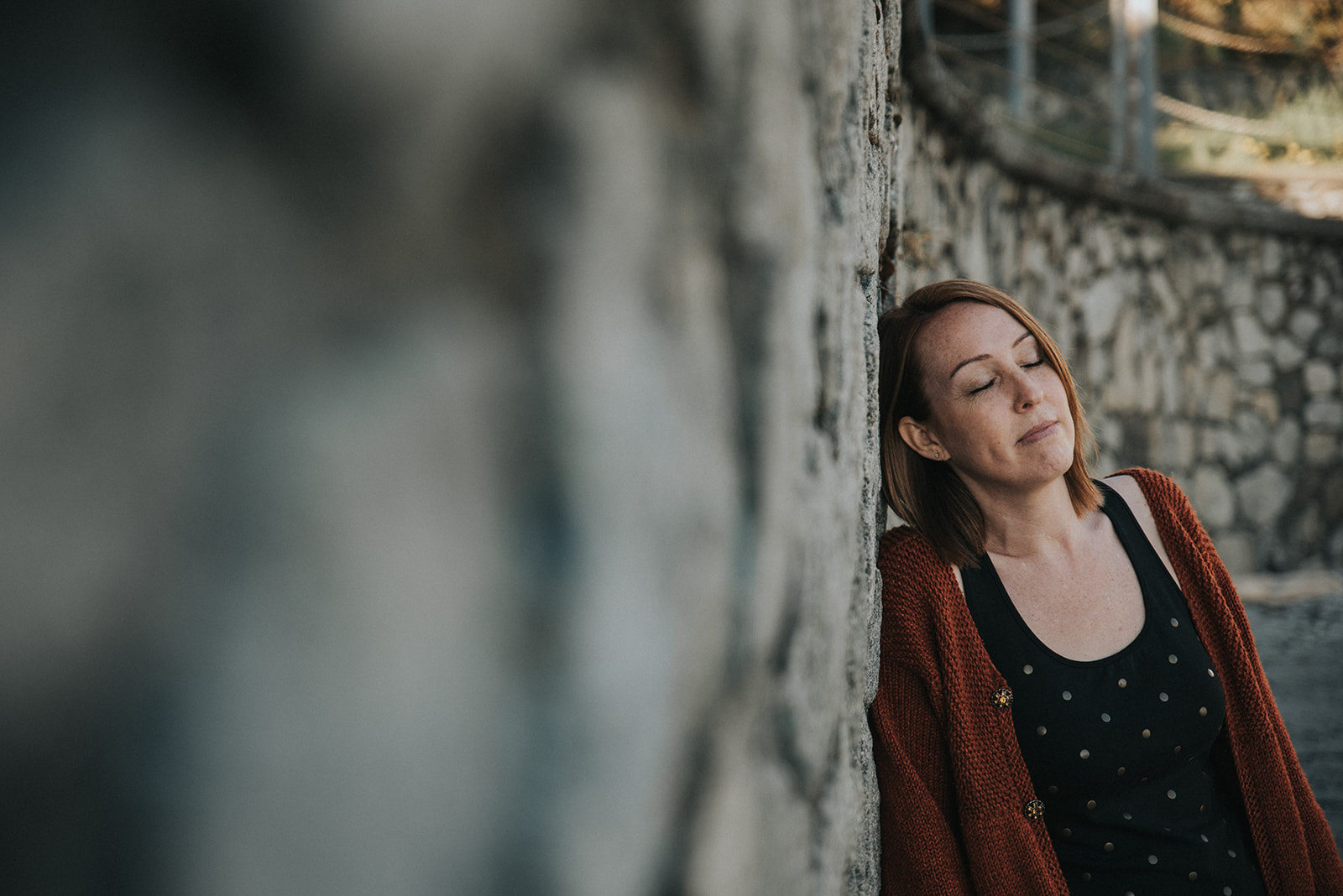
Certifications and Other Experience
▼ Art Therapy Diploma (DKATI, Masters Level Equivalent)
▼ Bachelor of Social Work Degree (BSW)
▼ Registered Social Worker (RSW)
▼ Therapeutic Body-Mapping Level 2 Training
▼ Aboriginal Trauma Certificate
▼ Critical Incident Stress Management – Level 1 & Level 2
▼ Social Work Diploma
▼ Social Service Worker Certificate
▼ Therapeutic Crisis Intervention Training
▼ Nonviolent Crisis Intervention (CPI)
▼ Applied Suicide Intervention Skills Training

Unearth Art Therapy is located on the traditional territories of the W̱SÁNEĆ and Lkwungen-speaking peoples, on whose traditional territories, we live, we learn, we play, and we do our work.
We acknowledge that the historical relationship to the land and territories of these peoples continues to this day.
Coast Salish Peoples – The term Coast Salish is used to encompass a number of Indigenous peoples, including Esquimalt, Hul’qumi’num, Klahoose, Lekwungen (Songhees), MALAXEt, Musqueam, OStlq’emeylem, Pentlatch, Scia’new (Beecher Bay), Sliammon, Shishalh, Skxwú7mesh-ulh Úxwumixw, Stó:lo, Straits, Tsleil-Waututh, T’Sou-ke, W̱SÁNEĆ (Pauquachin, Tsartlip, Tsawout, Tseycum), and Xwemalhkwu.
